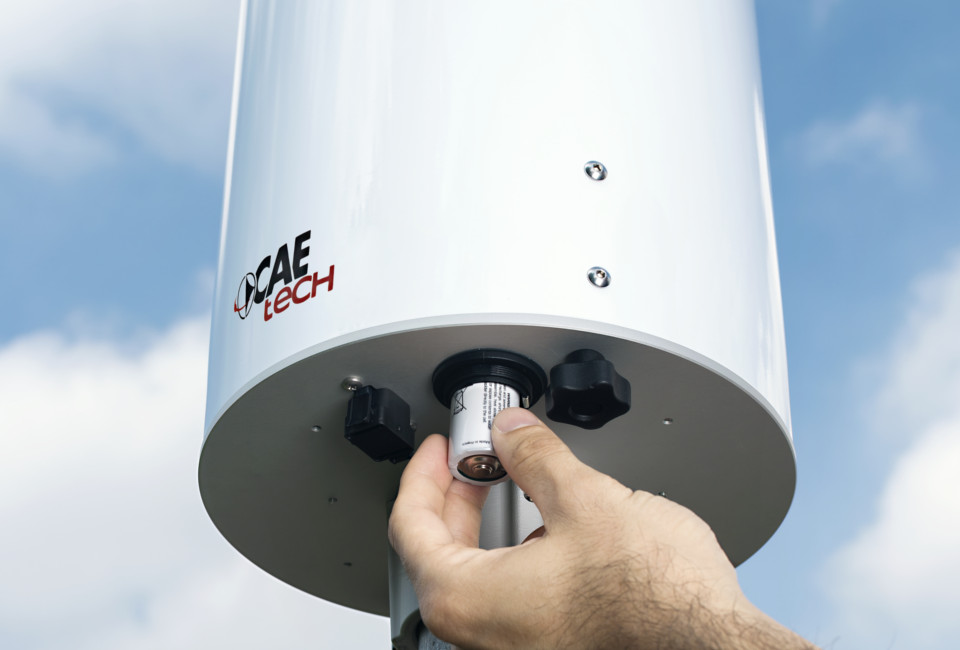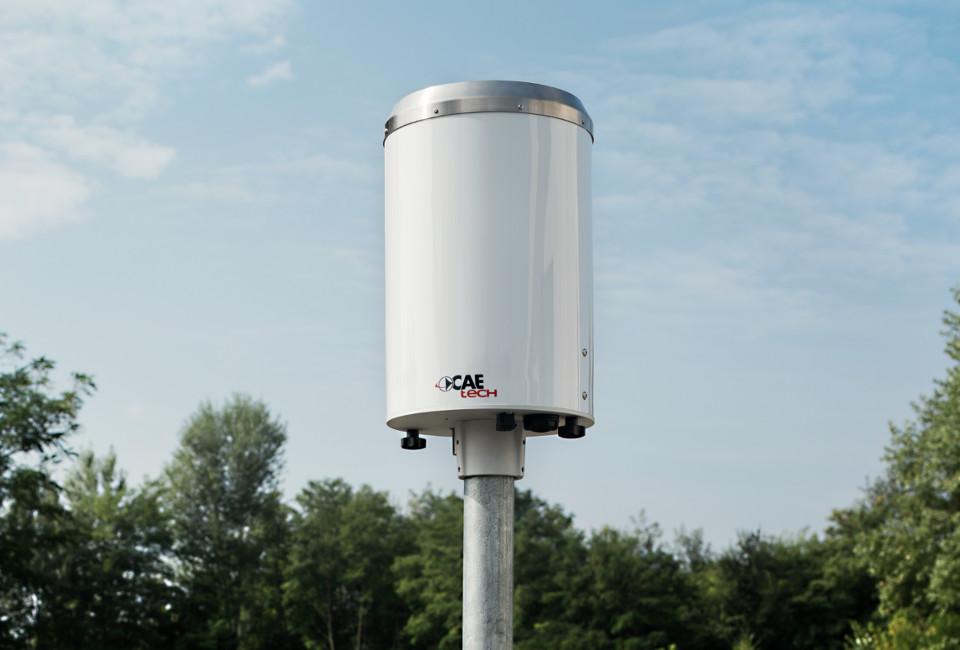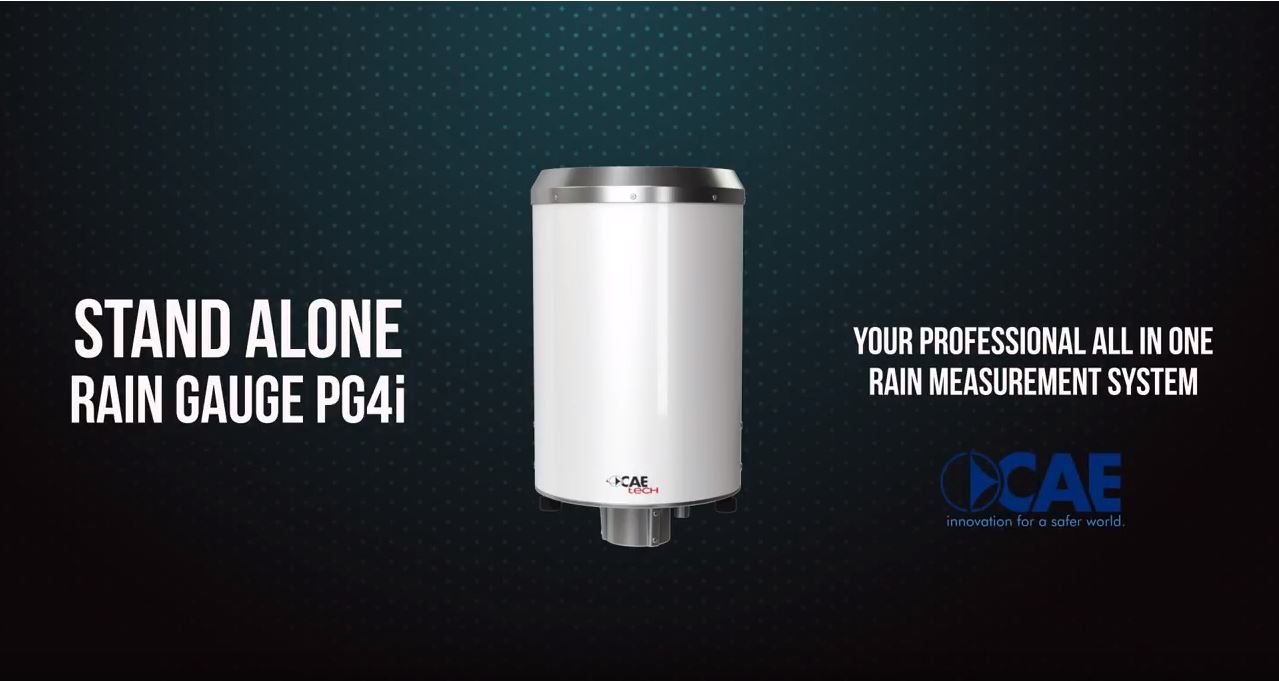Description
PG4i is a stand-alone rain gauge that does not require connection to a datalogger. Due to the built-in mobile modem, it can measure, locally record and automatically send to a FTP server all data pertaining to the overall precipitation as well as its intensity per minute.
Due to the low consumption, the standard batteries that supply power ensure operation without interruptions for very long periods of time, while simplifying the installation as much as possible. It is a particularly accurate rain gauge capable of indicating possible malfunctions before they cause the measurements to stop, therefore it is particularly easy to maintain.
PG4i is certificable in class A according to the criteria of the UNI EN 17277:2020 standard.
PG4i is a rain gauge:
Fast and easy to set up
Stand-alone
Accurate
Built to last
Customizable

Features
Max 5% 350÷500 mm/h
Max 10% 500÷600 mm/h

Technology
- - the attention to detail, starting with the design phase;
- - encoded, tracked and certified production processes;
- - the use of high quality materials;
- - the experience and training of production engineers.
- - redundant elements, which make sure that, if an element breaks, the product sends an alert while operating normally, giving time to intervene with the replacement without losing any data;
- - diagnostic sensors of various types, such as the ones for the verification of:
- o the correct inclination of the product,
- o the quality of the acquired measurement,
- o the value of the voltage input,
- o the status of inputs and outputs,
- o the conditions of the internal temperature,
- o the reliability of the RF link between all devices,
- o etc.




